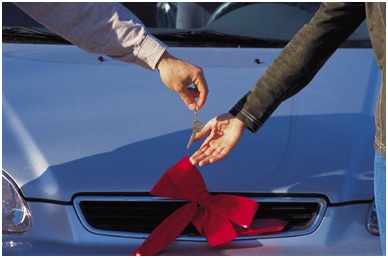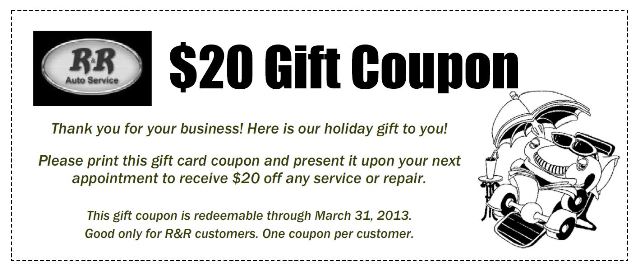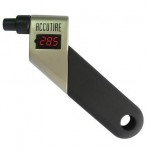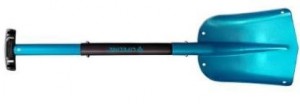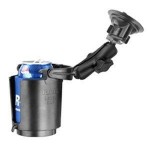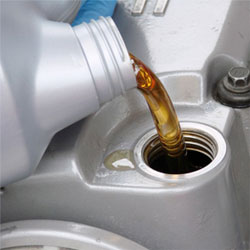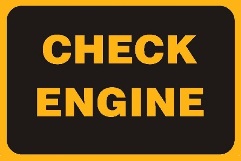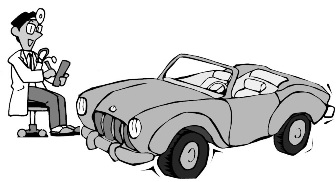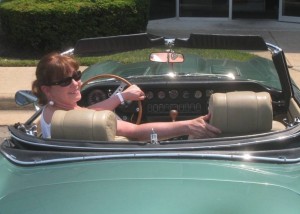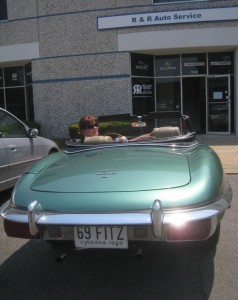In our last post, we urged you to consider changing the oil in your car more frequently than is required by your car’s maker in order to fulfill the conditions of the warranty.
Now let’s talk more about manufacturers’ warranties. If you were to compare the owners’ manuals of today’s cars with the manuals of vehicles manufactured 20 years ago, you could reasonably conclude that today’s cars need less maintenance than yesteryear’s. You would also have good reason to wonder why a service facility would urge you to authorize more maintenance work on your vehicle than is advised by your manual.
Whom do you trust, the manufacturer or the mechanic?
When deciding the maintenance schedule for your car, consider your auto maker’s perspective. Auto makers have no vested interest in ensuring that your vehicle will last much longer than the extended warranty they offer you. Generally, new power train warranties don’t extend beyond three years or 36,000 miles. A few extend to 100,000 miles. Is it any coincidence that many of today’s vehicles are marketed as needing little or no maintenance for 100,000 miles?
Auto makers, of course, must cover warranty costs should their maintenance recommendations prove inadequate. The problem of oil gelling troubled the owners of 1997 through 2002 Toyotas. Oil gelling occurs when oil in a vehicle is too old, and it can destroy an engine. Toyota was required to cover “repair costs and incidental expenses for which a customer has paid or could incur as a result of damage due to oil gelling for a period of eight years from the date of first sale or lease without a mileage limitation” for those owners.
Our advice? Use your owner’s manual as a guide, and find a mechanic you trust. At R&R Auto Service, we want to see you tooling happily down life’s highways long after your extended warranty has expired. In fact, we hope you’ll join The R&R Quarter Million Mile Club. We also want to protect the resale value of your vehicle. Unless you tell us otherwise, we advise maintenance with the longevity of your car in mind. Stay involved and ask questions when your car is in our care. We are happy to discuss your car with you.

